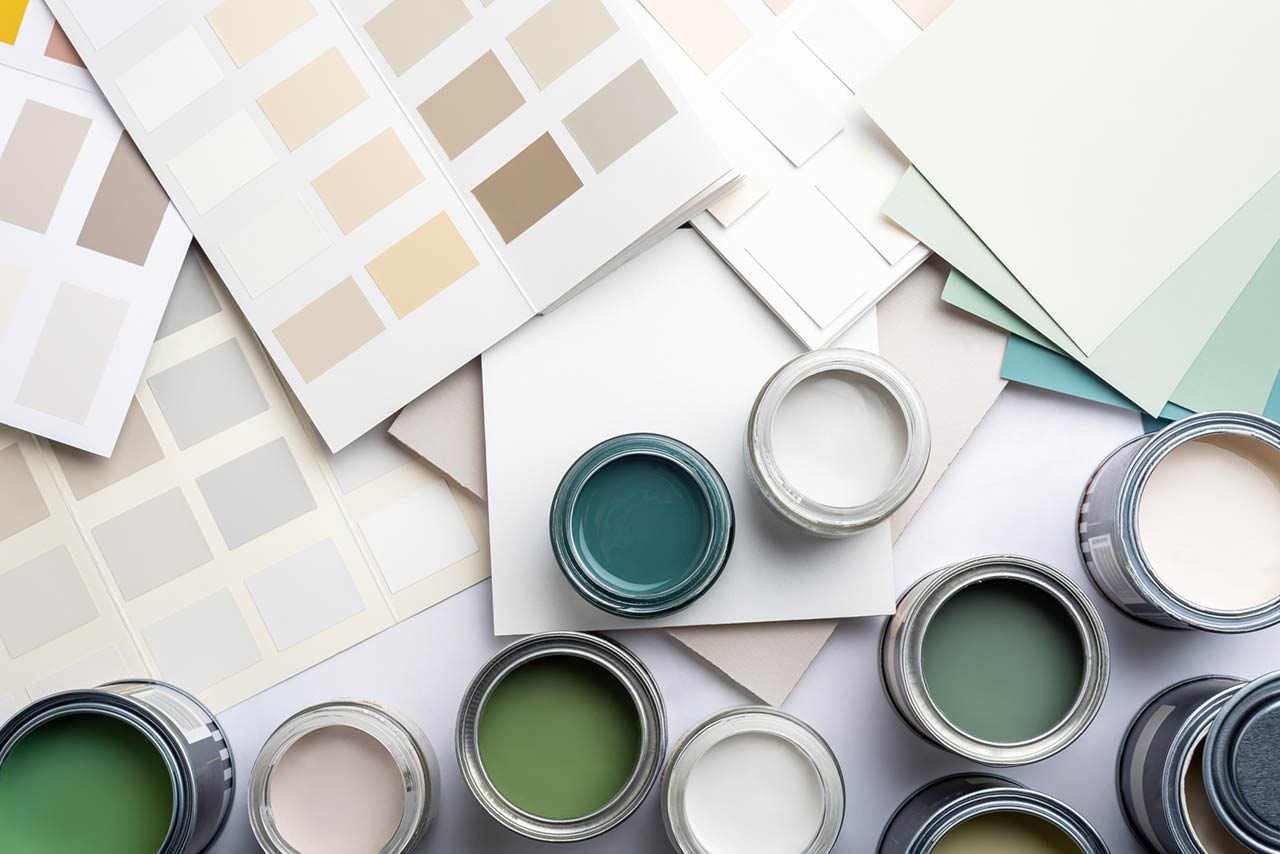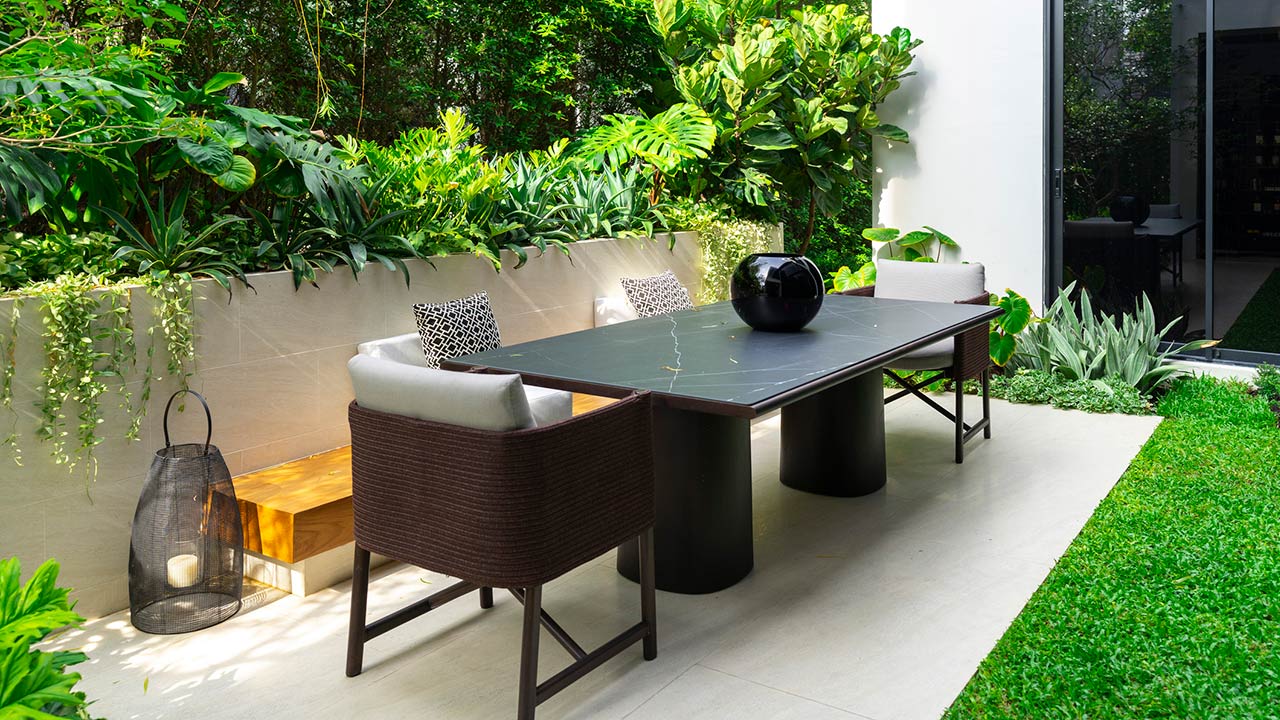How Much Do You Really Need For a Down Payment?
So you’re looking to buy a home, and are scrounging to come up with 20% to put towards the down payment. The truth is, you no longer need to put this much down (though it definitely would lower your mortgage payments). The days of needing 20% or more for a down payment are long gone. These days, there are plenty of alternatives that you can opt for.
While a 20% down payment has long been considered to be the standard in order to look good on paper, it’s not exactly a requirement. Nor is it even always expected by lenders. Of course, the down payment amount (as well as the purchase price you offer) plays a key role in your negotiating power and how strong you look financially on paper.
If buying a home is on your radar, here are some things you should know about the amount of the down payment.
Your Down Payment Options
It’s always best to put as much equity into the home you’re buying as possible. But if you can’t come up with the 20% (or more), you’ve got options.
5% Down Payment
A 5% down payment is a really popular choice among US home buyers. With this amount, you can avoid having to pay extra for private mortgage insurance (PMI). This is a product that minimizes risk on the part of the lender in case the borrower defaults on the mortgage.
The majority of lenders will request PMI for loans with a loan-to-value (LTV) that’s higher than 80% (when the buyer puts down less than 20% of the purchase price of the home). You can get rid of the PMI once you’ve accumulated 20% equity after at least of 2 years.
3.5% Down Payment
If you want to be approved for an FHA loan, all you need is 3.5% of the purchase price available to put towards a down payment. An FHA loan is a type of mortgage loan that the Federal Housing Administration (FHA) insures. Basically, the federal government insures loans for lenders who are FHA-approved in order to help lower their risk in case a borrower can’t keep up with mortgage payments.
The majority of lenders in the US can loan homebuyers a maximum of $417,000 (except Alaska and Hawaii). Along with your mortgage payment, you’ll also be responsible for paying a mortgage insurance payment every month. Because of this tacked-on fee, an FHA mortgage will end up being a bit more expensive than a traditional mortgage.
0% Down Payment
Zero percent? That’s right. In some cases, no down payment is necessary at all. Actually, you’ve got two options in this case.
The first is through the US Department of Veterans Affairs which allows a veteran to buy a house with no money down. In this case, the payment price of the home and the loan amount are exactly the same. But in order to take advantage of this program, you or your spouse must be a military veteran. Not only that, but you must pass a clear pest report.
The second option you’ve got in order to skip the down payment is to apply for a loan that’s guaranteed by the US Department of Agriculture, USDA. While you don’t have to be a vet for this type of loan, you’ll have to be buying a home that’s designated rural by USDA. You should also note that this type of loan comes with tighter qualifying income-to-payment ratios, and certain income limitations might apply.
Remember that when you put less than 20% towards your down payment, your monthly fire insurance terms and property taxes need to be built into your monthly mortgage payments. Not only that, but you’ll probably be paying mortgage insurance as well. There are some lenders out there that offer an option referred to as ‘lender-paid mortgage insurance’ — in this case, the lender will pay the monthly PMI on your behalf even though you couldn’t come up with a 20% down payment.
Be sure to do your homework, and speak with your lender and real estate agent so you know what options are available for you.












